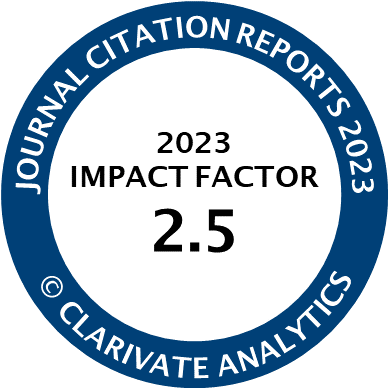Article | Open Access
Space Security and the Transatlantic Relationship
| Views: | 2735 | | | Downloads: | 1820 |
Abstract: Since the end of World War II, outer space has been an arena in which both high and low politics have played out, and both the US and Europe have been heavily invested. This article examines the case study of space exploration as a window into the evolving nature of the transatlantic relationship. With the US government regularly deprioritizing Europe in its foreign policy and at times taking the transatlantic relationship for granted, the author argues that transnational and non-state actors have played an important role in maintaining the stability of the alliance. In terms of space, this means that the space community—space agencies, private actors, space enthusiasts, engineers, and scientists, among others—often enable transatlantic cooperation despite initial conflictual rhetoric stemming from political leaders. Importantly, while these transnational or non-state actors tend to view space as a peaceful domain for all of humankind, governments and militaries often treat space as the next battlefield. To support this argument, the article considers two major transatlantic space developments: the US’s Space Force, which reflects a US desire to be dominant in space, and Europe’s Galileo satellite system, which reflects a European goal to have strategic autonomy from the US. The author argues that the idea that space should be a peaceful domain for all of humankind is more strongly reflected in outcomes, despite the presence of conflictual, militaristic rhetoric.
Keywords: constructivism; Galileo; non-state actors; space; Space Force; transatlantic relationship
Published:
© Mai'a K. Davis Cross. This is an open access article distributed under the terms of the Creative Commons Attribution 4.0 license (http://creativecommons.org/licenses/by/4.0), which permits any use, distribution, and reproduction of the work without further permission provided the original author(s) and source are credited.




